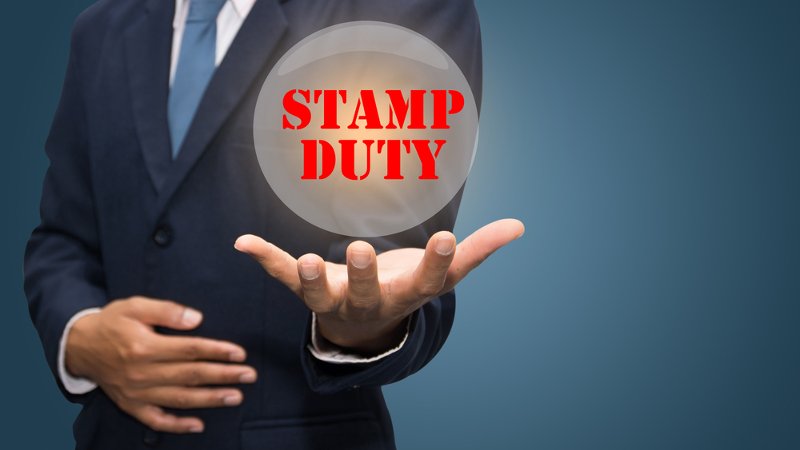Overall transactions increased by 14% from 268,400 in Q2 to 305,100 in Q3.

Income from stamp duty land tax was up by 20% from Q2 to Q3, HMRC’s Quarterly Stamp Duty Land Tax Statistics have found.
This is due to a 25% rise in residential receipts and a 7% rise in non-residential receipts. Both transactions and receipts have stayed broadly the same year-on-year.
Marc von Grundherr, director of Benham and Reeves, said: “A healthy increase in stamp duty tax receipts demonstrates the slow but steady property landscape we've seen over the course of the year.
“While price growth may have stuttered, we continue to see sales transact and while many first-time buyers have benefited from stamp duty relief, many other homebuyers will still be wondering why they are still forced to pay an archaic land tax introduced to fund a war against France.
“Albeit, in the current context of Brexit, some might argue we are indeed still 'at war'.”
Transactions increased by 14% from 268,400 in Q2 to 305,100 in Q3.
Some 61,200 transactions claimed first time buyers’ relief in Q3, making a total of 401,900 claims since the relief’s introduction.
Residential transactions were up by 16% to 278,300 this quarter. However, compared, to this time last year, there were 400 (1%) fewer residential transactions.
The majority (91%) of all stamp duty transactions were for residential properties, the highest percentage since Q1 2016.
Shaun Church, director at Private Finance, added: “A pre-Brexit rush saw stamp duty receipts soar by 20% over the summer as many movers looked to complete their house purchases in advance of what was anticipated to be the UK’s departure from the EU.
“A further extension to Brexit, combined with a general election and Christmas, might be expected to quell any further flurry of activity into Q4.
“But in reality, the patience of many buyers has been depleted and we could be set to see buyers resuming their search, defying the uncertainty that continues to rumble on.
“With house price growth continuing to ease in the face of this uncertainty, buyers willing to make a move over the next few months could stand to gain a potential property bargain.”
Residential transactions liable for stamp duty have increased by 19% to 186,500 since last quarter.
The number of higher rates for additional dwellings (HRAD) transactions, the transactions that cost 3% more stamp duty for purchasing second homes and buy-to-let properties, rose by 11% to 58,400 in Q3.



